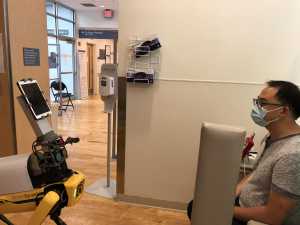Author Interviews, Brigham & Women's - Harvard, COVID -19 Coronavirus / 25.03.2021
COVID-19: SARS2 Risk Equations Estimate Risk of Hospitalization and Death
MedicalResearch.com Interview with:
Hesam Dashti, PhD
Brigham and Women's Hospital, Harvard Medical School
Senior Computational Scientist
The Broad Institute of MIT and Harvard
MedicalResearch.com: What is the background for this study? What parameters does the SARS2 score take into consideration?
Response: While complex models have been developed for predicting the severity of COVID-19 from the medical history, laboratory, and imaging results of patients, simplified models with similar accuracy would be more practical for individualizing the decision making, especially when detailed medical history of patients is not readily available. In this study, we developed the SARS2 risk equations for estimating risk of hospitalization of patients with COVID-19 and also the risk of mortality among hospitalized patients. The “SARS2” risk equations are named for their input variables: Sex, Age, Race, Socioeconomic and Smoking status.
To develop and validate the models, we used the electronic records from 12,347 patients who tested positive for COVID-19 at the Mass General Brigham medical centers in Massachusetts between 02/26/2020 and 07/14/2020 to construct derivation and validation cohorts for estimating 1) risk of hospitalization within 30 days of COVID-19 positive PCR test, and 2) for the hospitalized patients, risk of mortality within approximately 3 months.
(more…)





























